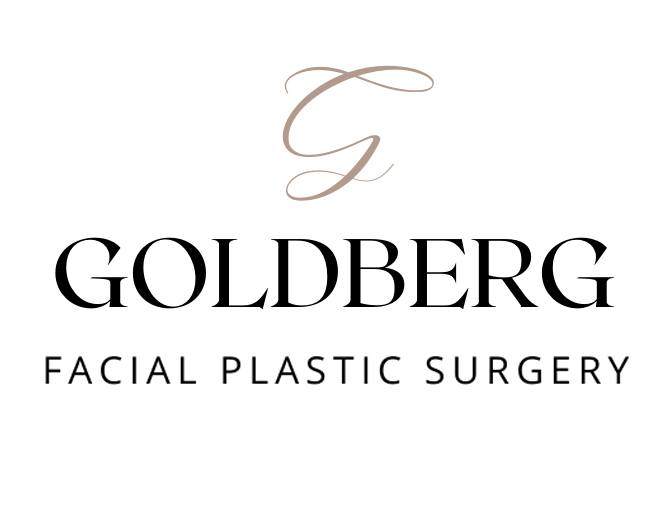

Rhinoplasty, often called a nose job, isn’t just about looks—it can improve breathing and confidence. If you’re considering this popular procedure, understanding whether you’re a good candidate is essential. Factors like your health, facial maturity, and expectations all play a role. This post will help you decide if rhinoplasty is the right choice for you.
Not everyone is a perfect match for rhinoplasty. While the procedure can enhance facial harmony and improve nasal functions, meeting certain criteria ensures safer, better results. Below, we break down key factors to determine your eligibility.
Age plays a pivotal role in rhinoplasty candidacy. For most individuals, the nose needs to stop growing before surgery. Typically, this happens by:
Undergoing surgery before full nasal maturation may lead to complications as the face continues to grow. However, younger patients with severe functional issues like breathing problems might qualify, depending on surgeon recommendations.
Good overall health is crucial for any surgical procedure, including rhinoplasty. Your body needs to heal properly post-surgery, so conditions like diabetes, autoimmune diseases, or bleeding disorders could disqualify you.
Key health factors include:
Talk openly with your surgeon about your medical history to ensure safety.
Rhinoplasty is as much about mindset as it is about physical change. Make sure your motivations align with realistic expectations. For instance, if you’re expecting to achieve a celebrity’s nose or think this surgery will fix unrelated personal problems, it’s worth reconsidering.
Signs you’re emotionally prepared include:
Surgeons often prioritize mental readiness just as much as physical health.
Smoking is one of the biggest obstacles to successful rhinoplasty. Why? Smoking disrupts blood flow, delays healing, and increases the risk of complications like infections. If you’re a smoker:
Substance abuse, including alcohol or recreational drugs, also impairs recovery and could make you ineligible. A clear, sober state ensures better results and minimizes risks.
Understanding your eligibility is the first step toward a successful rhinoplasty experience. If any of these factors apply to you, discuss them frankly with a licensed surgeon to explore your options.
Rhinoplasty isn’t a one-size-fits-all procedure. People seek it for very different reasons, ranging from aesthetic enhancements to addressing physical issues like breathing difficulties. By understanding the types of rhinoplasty candidates, you can determine which category you might fall into.
If you’re unhappy with the way your nose looks, cosmetic rhinoplasty could be the solution. Ideal candidates for this type often want to address aesthetic concerns related to the nose’s shape, proportion, or symmetry.
Here are some common characteristics of cosmetic rhinoplasty candidates:
For example, some may want a sleeker nose bridge or smaller nostrils, while others hope to fix perceived imbalances like a twisted or crooked nose. A conversation with a skilled surgeon is critical to ensure these goals align with feasible outcomes.
Reconstructive rhinoplasty focuses on functional improvements and restoring proper nasal structure. This isn’t about aesthetics—it’s often necessary for people with medical issues or damage to the nose.
Candidates in this category might include individuals with:
Think of reconstructive rhinoplasty like repairing faulty plumbing. Its purpose is to “fix the structure,” ensuring the nose works properly while addressing any underlying medical or structural problems.
Understanding your reasons for considering rhinoplasty helps guide the conversation with your surgeon. Whether for cosmetic or reconstructive purposes, matching your needs with the right type of surgery ensures better results.
Before deciding on rhinoplasty, it’s crucial to put preparation front and center. A successful surgery begins with thoughtful planning, careful research, and knowing exactly what to ask your surgeon. Let’s break down the steps you should consider prior to your consultation.
Your surgeon will make all the difference in the outcome of your rhinoplasty, so being picky here is not just okay—it’s necessary. Look for board-certified surgeons who specialize in rhinoplasty, and dig into their experience like you’re investigating a major life decision (because you are).
What to check when researching:
Think of finding the right surgeon as the foundation for your rhinoplasty journey—it should be solid, dependable, and based on research.
Heading into your consultation unprepared could mean missing out on key information. Write down your questions ahead of time and cover both procedural and personal concerns. Here’s a checklist of important questions to ask:
Don’t shy away from asking even “basic” questions. This is your opportunity to ensure the surgeon’s skill, process, and philosophy match your goals.
Every surgery comes with risks, and rhinoplasty is no exception. While the benefits—whether aesthetic or functional—can be life-enhancing, balancing these against potential risks is essential before you commit.
Potential risks of rhinoplasty:
Benefits:
Think of it like a pro/con list for one of the biggest decisions regarding your appearance and well-being. Always keep your expectations realistic and understand what’s achievable (and what isn’t).
Taking this time to prepare ensures that you walk into your consultation feeling informed, confident, and ready to take the next step.
Undergoing rhinoplasty is a major decision, and it’s equally important to understand what comes after the surgery. Knowing the recovery process, results timeline, and the importance of follow-up care can help set proper expectations and ensure a smoother journey to your final results.
Rhinoplasty recovery is a gradual process that varies for everyone, but some common milestones give an idea of what to expect:
What can you do to support recovery? Follow these post-op tips:
When will you see the result you’ve been waiting for? Rhinoplasty results don’t appear overnight but instead unfold over several months.
Patience truly pays off. Think of it like planting a tree: the roots (or healing) need time to set in before everything blossoms into its final form.
Follow-up appointments aren’t just a formality—they’re essential for your overall recovery and satisfaction. These visits allow your surgeon to monitor healing and address any concerns. Typically, you’ll see your surgeon:
Ready support ensures peace of mind, answers to questions, and adjustments if necessary. Never skip these appointments—they’re vital for a successful outcome.
